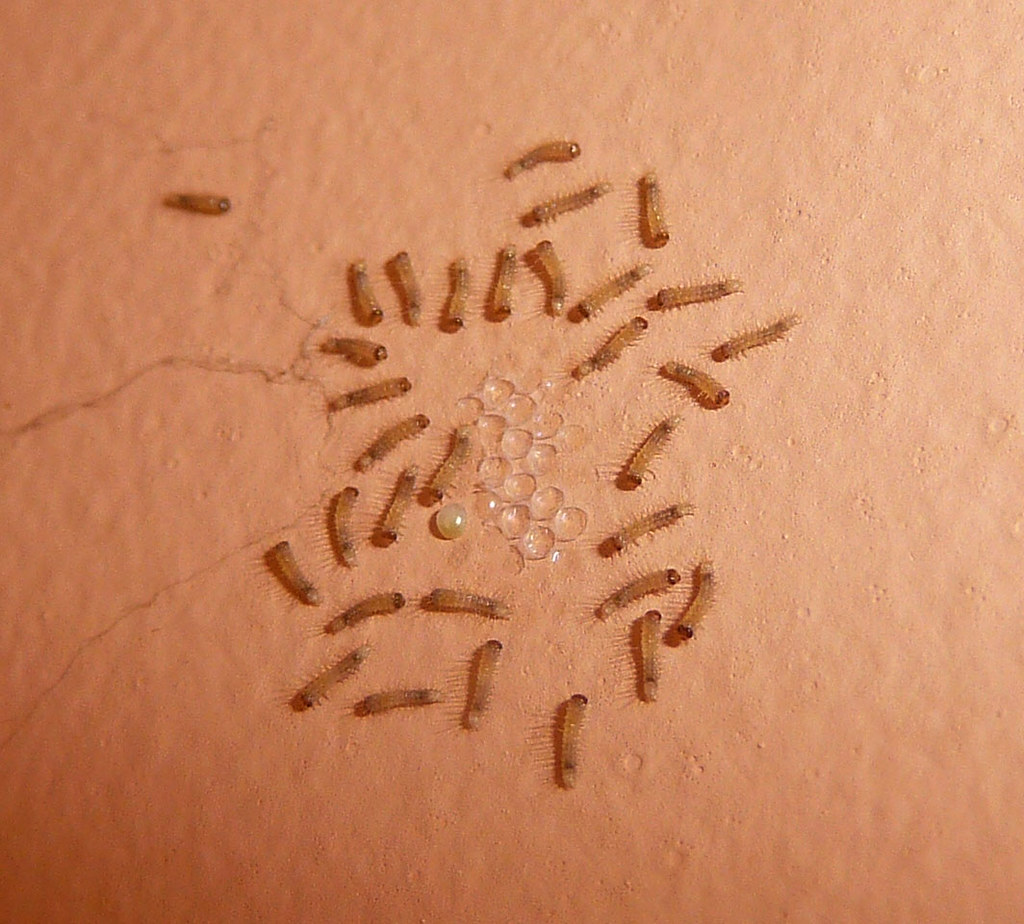Carpet beetles, a household pest, that can damage fabrics, carpets, and stored goods. Understanding what causes a carpet beetle infestation is key to preventing these insects from invading your home. In this article, we’ll explore the factors that lead to carpet beetle infestations, what these pests look like, and how to identify their presence in your home.

 Myths and Facts About Carpet Beetles
Myths and Facts About Carpet Beetles
What Is a Carpet Beetle?
Carpet beetles are of the family Dermestidae and are small, oval-shaped insects known for their destructive larvae. Adult carpet beetles are typically about 1/8 inch long and can be black, brown, or patterned with white, yellow, and orange scales. Despite their name, carpet beetles feed on a variety of natural materials, including wool, silk, leather, and even dried plant matter. The larvae, which are the primary culprits in household infestations, are also small and covered in bristle-like hairs. These hairs can cause irritation on human skin, leading to what is commonly referred to as a carpet beetle rash. This rash appears as small, red, itchy bumps, similar to allergic reactions, and can last for several days to a week.
What Attracts Carpet Beetles?
Carpet beetles like natural fibers and animal products, homes rich in these materials are their prime targets for infestations. Woolen clothing, upholstered furniture, carpets, and even pet hair are common food sources for carpet beetles. Additionally, they are drawn to areas with an accumulation of lint, dead insects, or animal nests, as these can provide ample food for their larvae. One of the key reasons for carpet beetle infestations is the presence of these materials in dark, undisturbed areas. Closets, basements, and storage areas are particularly vulnerable because they often contain items that are rarely moved or cleaned. When adult beetles lay eggs in these locations, the larvae have immediate access to food, allowing them to thrive and eventually cause damage.How Do Carpet Beetles Enter Homes?
Carpet beetles typically enter homes through open windows, doors, or cracks in the walls. They are often attracted to light, which is why you might find adult beetles near windows or light fixtures. Once inside, they seek out areas where they can lay eggs, such as in closets, on carpets, or in stored fabrics. The eggs of carpet beetles are very small, usually less than 1 millimeter in length, and are often laid in clusters. These eggs are white or cream-colored and are typically found in hidden areas where the larvae will have easy access to food. After hatching, the larvae begin feeding immediately, leading to the damage that is characteristic of carpet beetle infestations.Signs of a Carpet Beetle Infestation
Identifying a carpet beetle infestation early can help minimize damage to your home. One of the first signs of an infestation is the appearance of small, irregular holes in fabrics, carpets, or upholstery. You might also notice shed skins left behind by the larvae as they grow and molt. Another sign is the presence of adult beetles, particularly around windows and light sources. While adult beetles do not cause damage to fabrics, their presence often indicates that larvae are nearby. Additionally, finding carpet beetle eggs in dark, undisturbed areas like closets or under furniture is a clear sign that an infestation may be developing. If you or someone in your household develops a carpet beetle rash, this could also be an indication of an infestation. Larvae’s allergic reaction to the hairs causes the rash and can be itchy and uncomfortable, though it typically resolves within a few days with proper care.Preventing Carpet Beetle Infestations
Preventing a carpet beetle infestation involves regular cleaning and inspection of areas where these pests are likely to be found. Vacuum clean carpets, rugs, and furniture regularly to remove eggs and larvae It’s also important to clean and store natural fiber clothing and fabrics in sealed containers to protect them from beetles. Sealing gaps and cracks around entry points like windows and doors can help prevent adult beetles from entering your home. If you notice adult beetles around your windows or light fixtures, it’s important to check nearby areas for signs of eggs or larvae. Myths and Facts About Carpet Beetles
Myths and Facts About Carpet Beetles
| Myth | Fact |
| Carpet beetles only live in dirty homes. | Carpet beetles can infest any home, regardless of cleanliness, as long as there are natural fibers to feed on. |
| Only woolen items attract carpet beetles. | Carpet beetles like a variety of natural materials, including silk, leather, and fur. |
| Carpet beetles bite humans. | Carpet beetles do not bite. However, their larvae can cause allergic reactions, leading to a rash. |
| Adult carpet beetles are responsible for damage. | It is the larvae, not the adults, that cause damage to fabrics and other materials. |
| Carpet beetles are easy to spot. | Carpet beetles and their larvae often hide in dark, undisturbed areas, making them difficult to detect. |




